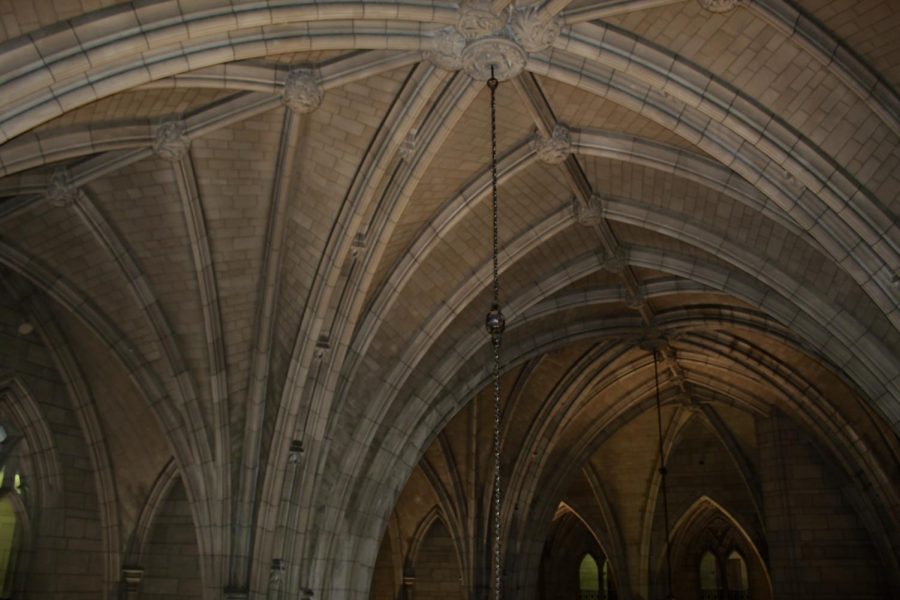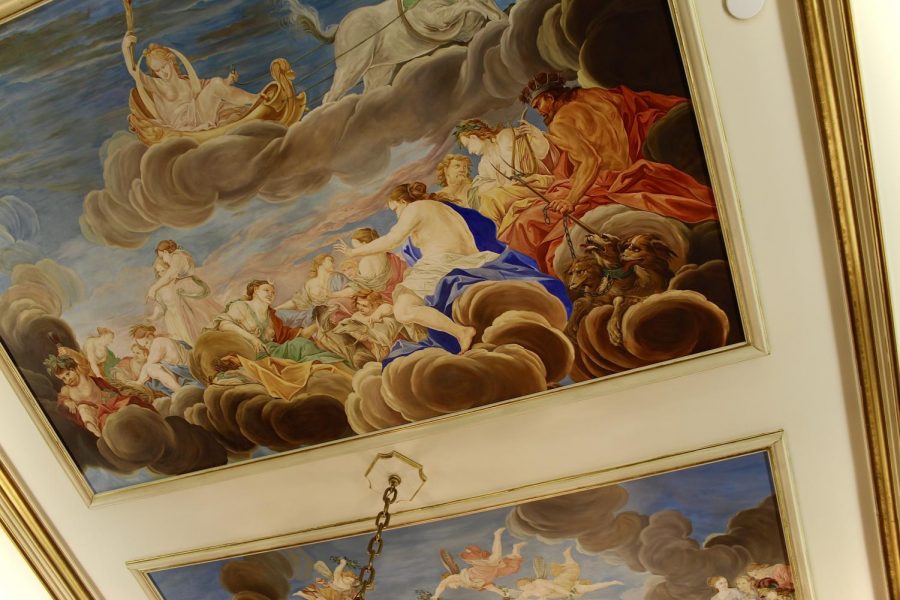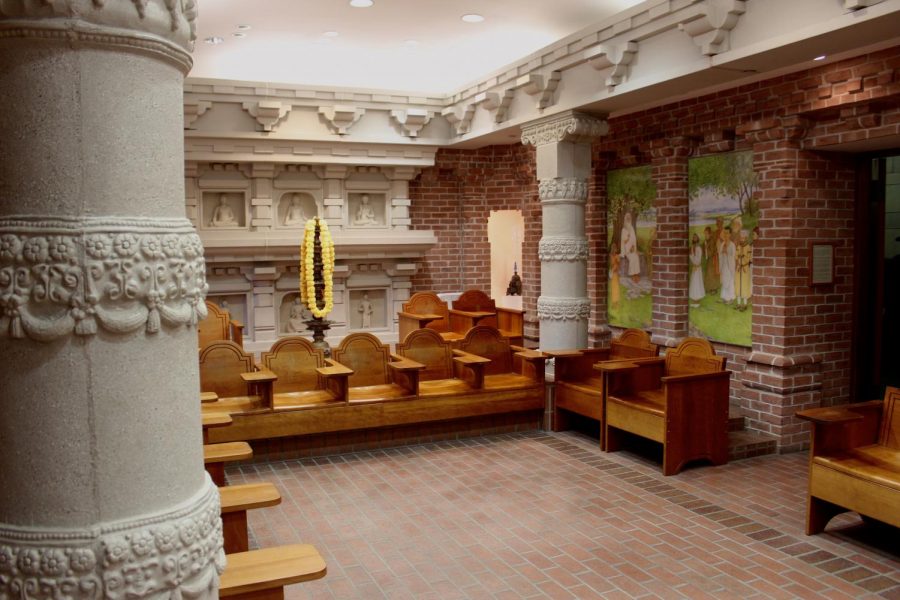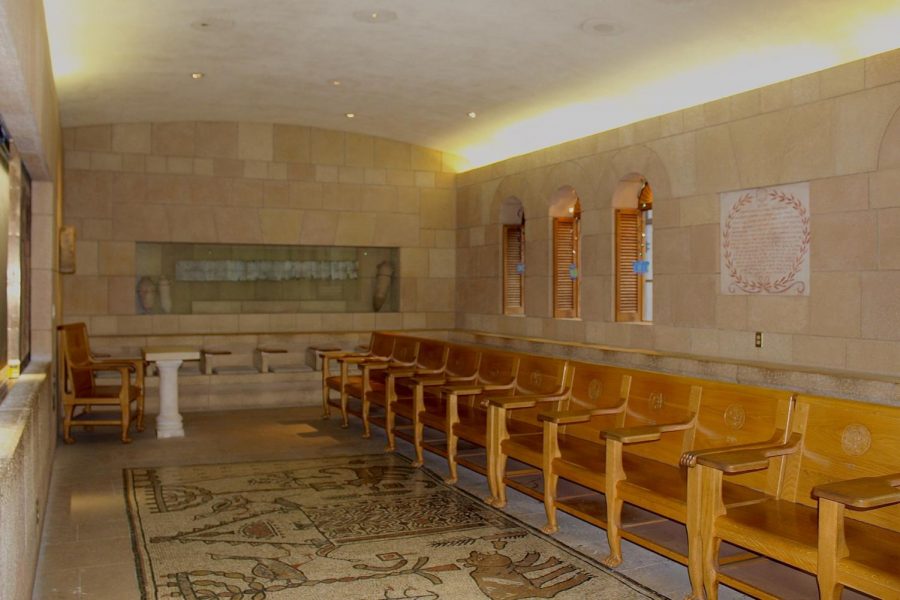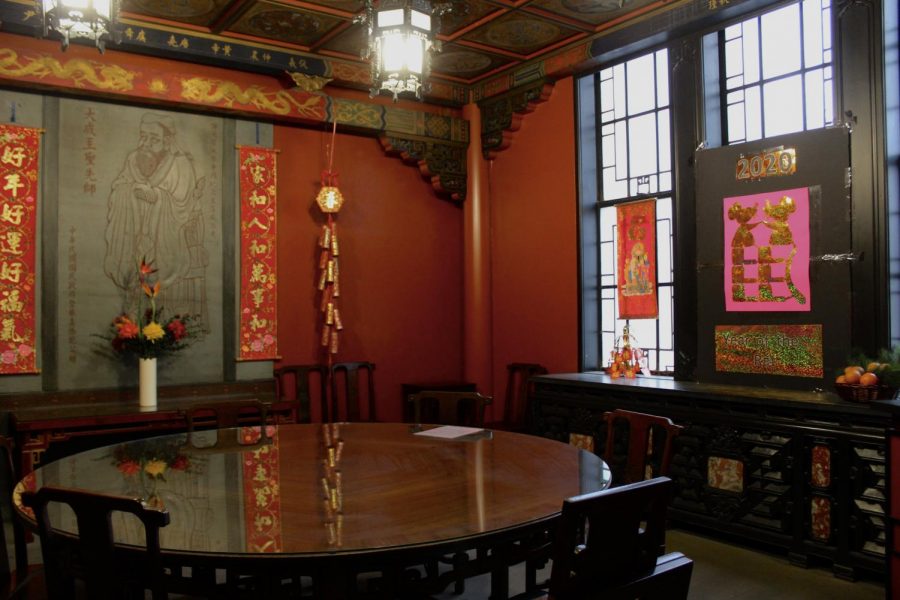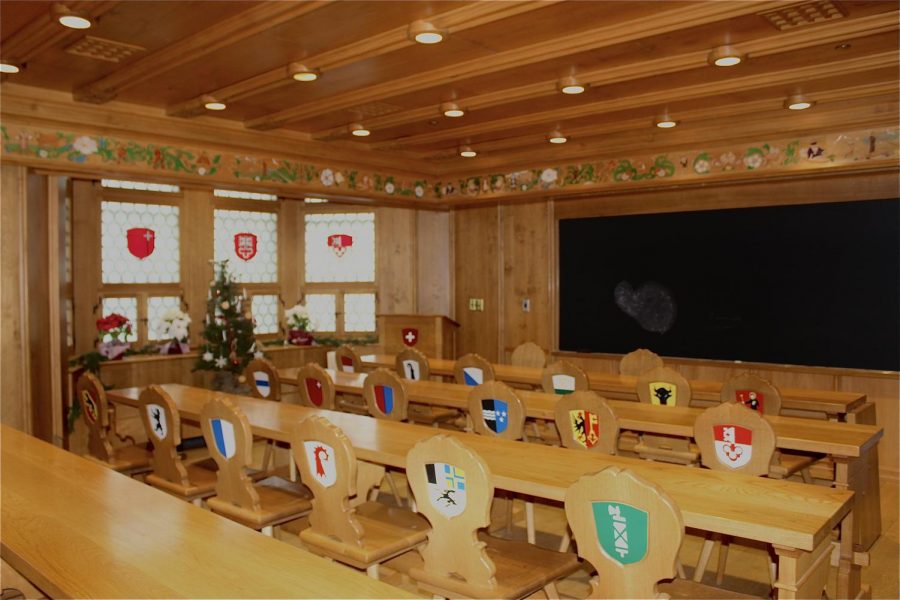Cultures Found Right in Your Backyard!
Local classrooms feature unique cultures found all over the world that are located right in your back yard!
The University of Pittsburgh’s Nationality Rooms located at the Cathedral of Learning is an amazing way to discover cultures found all over the word. The rooms were originally designed to represent the cultures that once settled in Allegheny County. The rooms are open to the public and used as University classrooms.
Irish Nationality Room
The Irish Room, dedicated on May 18, 1957 is made mostly out of stone representing oratories (stone chapels) found on the west coast of Ireland. The room is full of symbolism such as the stained glass windows depicting famous teachers at the three oldest centers of learning in Ireland: St. Finnian at Clonard, St. Columkille at Derry, and St. Carthagh at Lismore. The Irish Wolfhound heads carved on the chairs are meant to guard against evil spirits. The Irish Room captures the “Ancient Erin” or Irish Romanesque developed between 950 A.D. and 1150 A.D.
Austrian Nationality Room
The Austrian Room captures the essence of the 18th century Baroque period based upon the Haydnsaal in Schloss Esterhazy at Eisenstadt. The ceiling mural represents scenes from Roman mythology. The red damask chairs are inspired by the imperial dining furniture in Vienna’s Hofburg. The walls are trimmed with 23-carat gold leaves and embellished with floral patterns.
Indian Nationality Room
The Indian Room dedicated in 2000 is based upon a courtyard classroom at a Buddhist monastic university, where students studied Hindu, philosophy, logic, metaphysics, grammar, scriptures, medicine and astronomy. The room was inspired by the golden age of India. One stunning feature of the room is the temple wall located in the back of the room. The statues are meant to represent the Buddah. Another feature is the watercolor painting depicting students learning from a monk.
Polish Nationality Room
The Polish Room is inspired by the Wawel, a combination of a fortress, castle and cathedral in Kraków, Poland. The most breathtaking feature of the Polish room is the ceiling. The eighteen-foot Gothic beams are painted with tempera paint that is made by mixing egg whites and colored pigments. Another feature of the room is the Jagiellonian Globe. The 10-inch tall globe, that functions as a clock and a calendar, is said to be the first globe to show North America as a seperate continent.
Israel Heritage Room
The Israel Heritage Room dedicated on November 1st, 1987 represents a 1st to 2nd century dwelling/house of assembly in ancient Israel. In this period, there were two Jewish revolts against the Romans, the destruction of Herod’s Temple, and the banishment of Jews in Jerusalem.
Chinese Nationality Room
The Chinese room is inspired by an 18th-century reception hall found in the palace of Peiping’s Forbidden City, in Beijing, China. The classroom includes many intricate features, like the ceiling. The ceiling features the five-clawed “Golden Imperial Dragon of the Universe” as well as countless tiles that show a dragon holding the pearl of wisdom in its mouth, a phoenix with the motan flower, and many other depictions.
Swiss Nationality Room
The Swiss room, dedicated in 2012, is based on a Swiss communal room of the 15th century. The backs of the chairs depict the 26 different Cantons that form the Swiss Confederation and the lectern depicts the Swiss cross. The classroom also features Swiss woodwork, using white oak and pine wood.

Emily Gierczynski is a sophmore at North Allgheny Intermediate High School. This her first year in journalism class and she is very excited! Outside...


